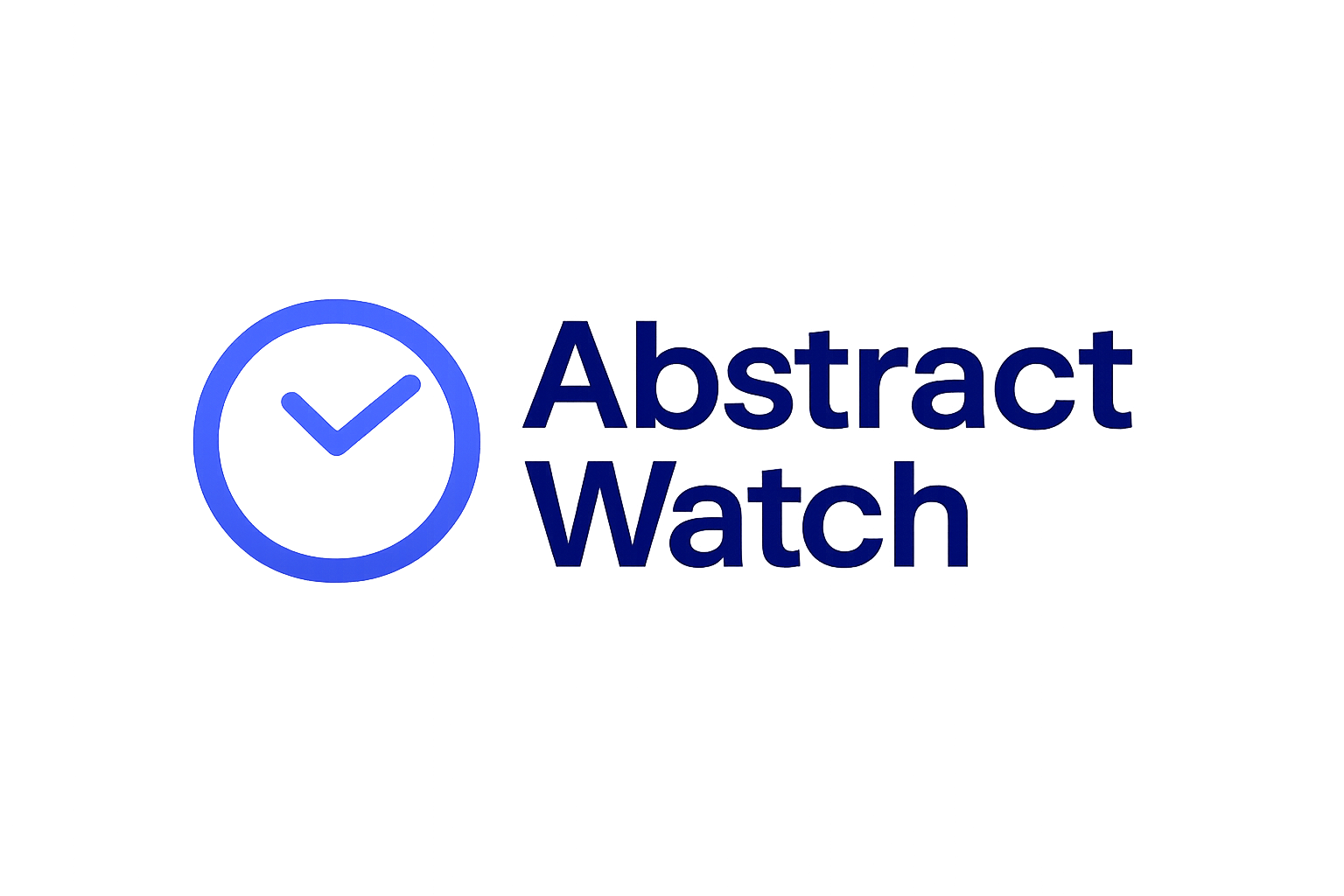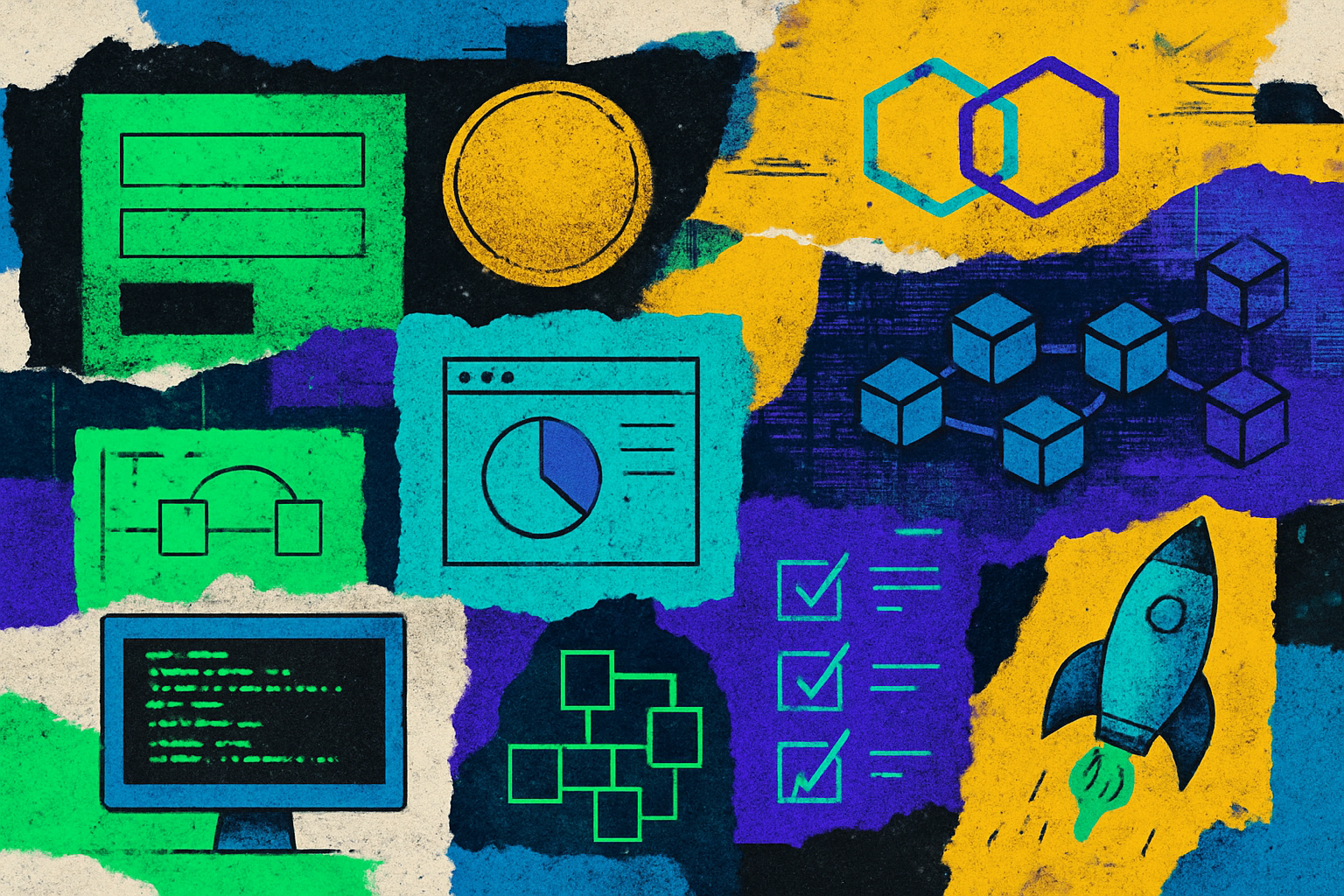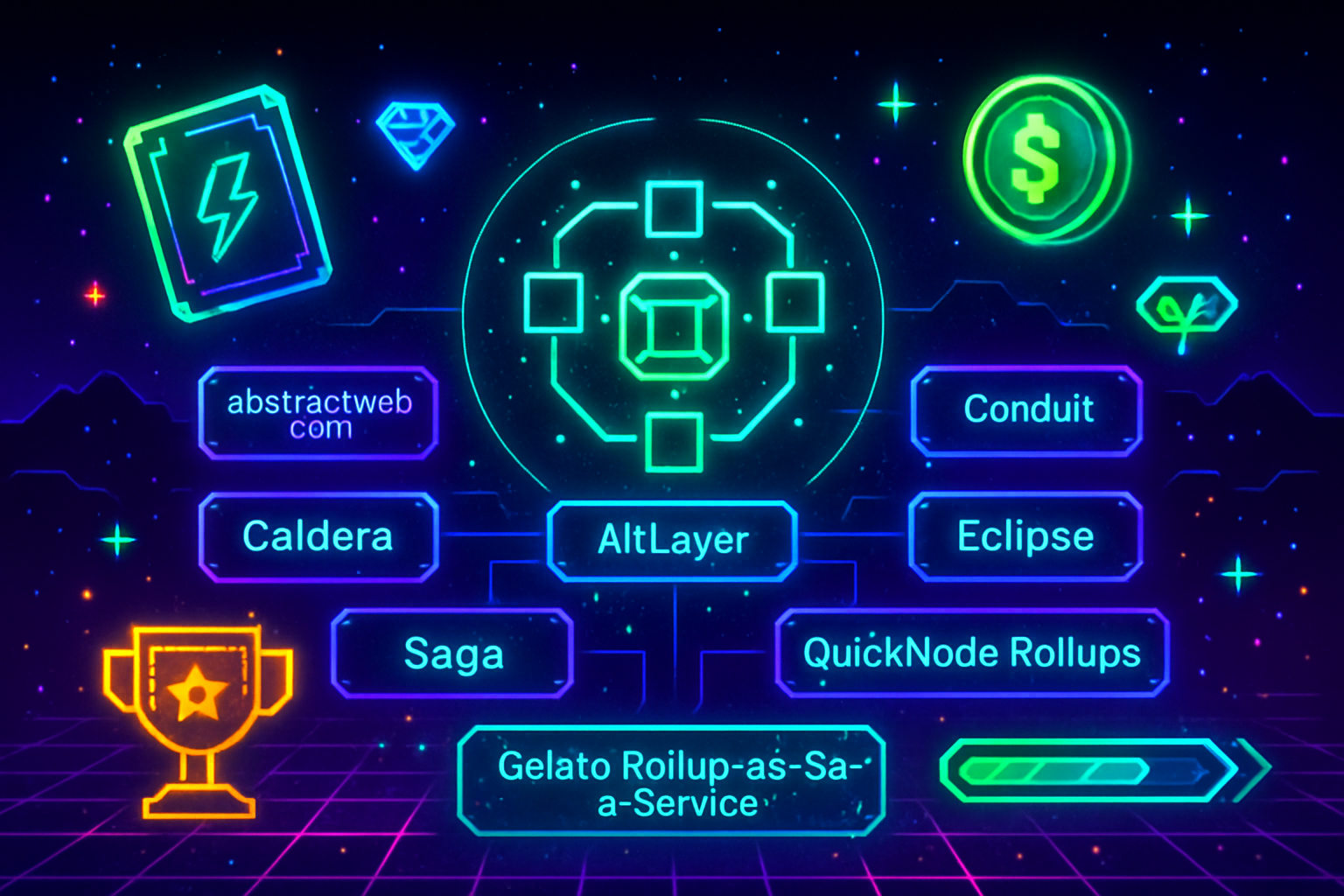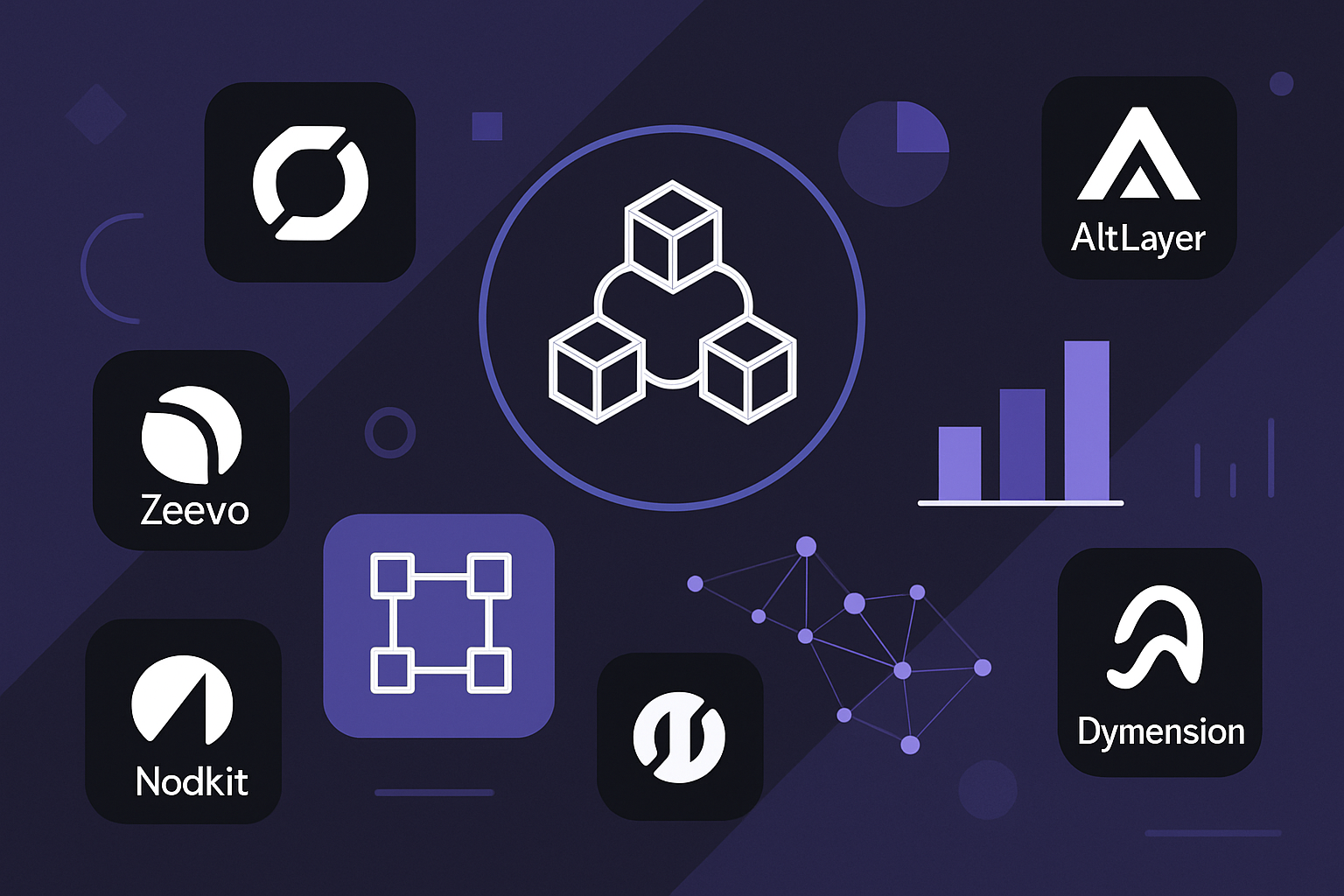
In 2025, the landscape of blockchain development has been fundamentally transformed by Rollup-as-a-Service (RaaS) platforms. These solutions have pushed no-code appchain deployment from a niche concept to an industry standard, drastically reducing the technical friction for both startups and enterprises eager to launch their own custom rollup blockchains. The days of assembling protocol engineering teams or wrestling with node infrastructure are fading fast, replaced by intuitive dashboards, modular data availability options, and out-of-the-box scalability.
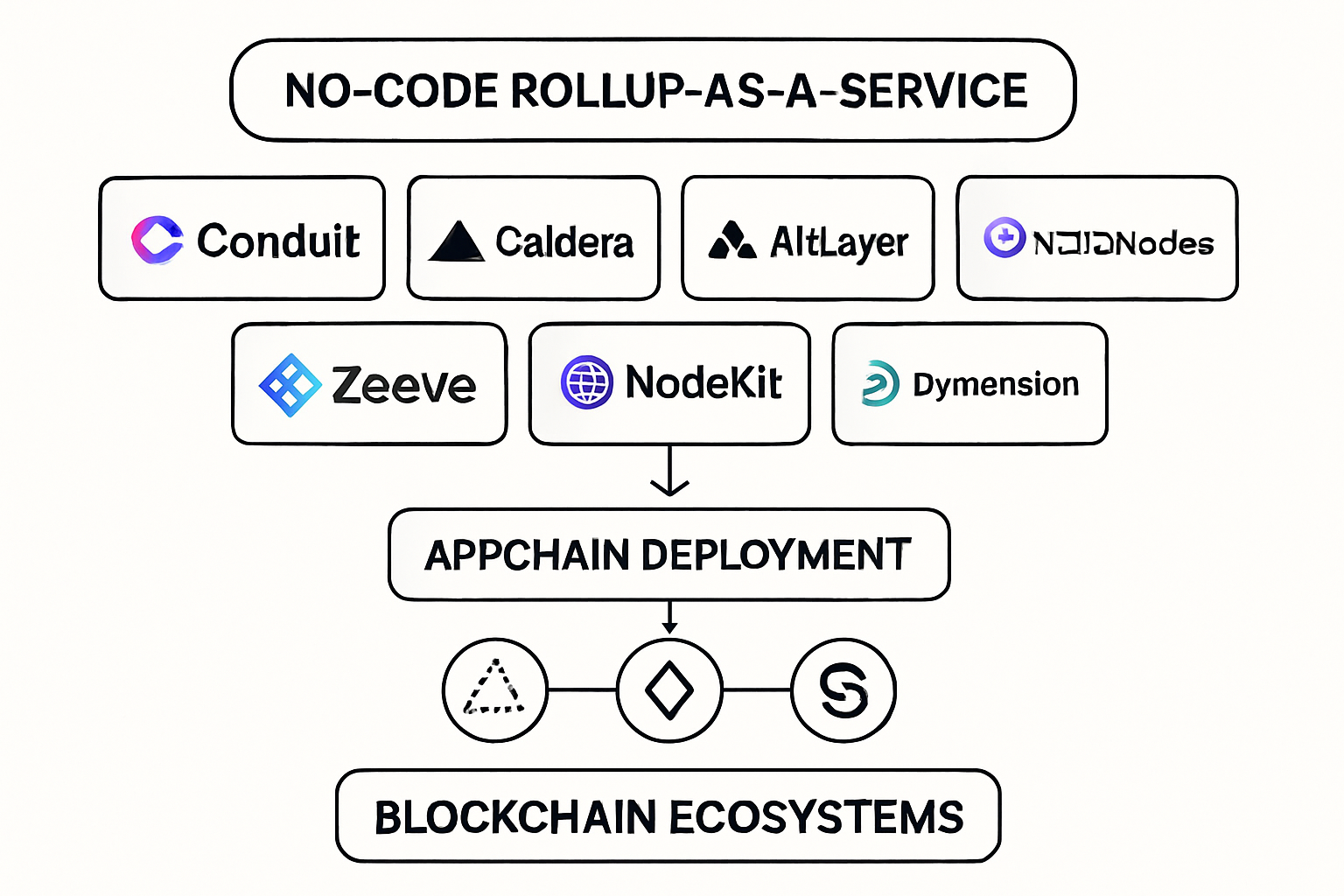
The Rise of No-Code Appchain Deployment: What Changed in 2025?
No-code and low-code RaaS platforms have exploded in popularity thanks to their ability to abstract away the underlying complexity of rollup technology. Instead of writing thousands of lines of Solidity or Rust, teams can now configure, deploy, and monitor custom rollups through web-based interfaces. This democratization is not just about convenience, it’s about opening the door for new business models and use cases that were previously locked behind steep technical requirements.
The current market is led by seven standout RaaS providers: Conduit, Caldera, AltLayer, Zeeve, NodeKit, InstaNodes, and Dymension. These platforms are at the forefront of no-code deployment, each offering a unique approach to customization, data availability, and integration with leading L1s such as Ethereum and Polkadot.
Inside the Leading No-Code RaaS Platforms
- Conduit: Known for its robust OP Stack integrations and seamless user experience, Conduit enables projects to spin up production-grade rollups with minimal configuration. Its focus on modularity gives developers granular control over sequencers, bridges, and DA layers.
- Caldera: Caldera’s platform emphasizes flexible data availability (DA) solutions, teams can choose between on-chain or off-chain DA depending on security needs and throughput requirements. Their wizard-driven setup is particularly popular among NFT marketplaces.
- AltLayer: With support for Polkadot Native Rollups now live, AltLayer allows instant deployment of interoperable chains. Enhanced scalability features make it a top pick for high-frequency trading apps.
- Zeeve: Zeeve offers an unparalleled level of customization through its dashboard-driven panel. Enterprises leverage Zeeve’s limitless configuration options to tailor appchains for compliance-heavy use cases.
- NodeKit: NodeKit stands out with its developer-friendly SDKs that bridge no-code simplicity with advanced extensibility, ideal for teams that want a gentle learning curve without sacrificing future flexibility.
- InstaNodes: Focused on rapid go-to-market strategies, InstaNodes provides low-code deployment tools optimized for innovation-focused teams needing fast iteration cycles in DeFi or supply chain verticals.
- Dymension: Dymension specializes in scalable rollup infrastructure specifically designed for modular blockchains, its plug-and-play model appeals to projects prioritizing composability across ecosystems.
No-Code Means More Than Just Simplicity: The Strategic Edge
The shift toward no-code deployment isn’t just a technical evolution; it’s a strategic one. By lowering barriers to entry, these RaaS platforms empower smaller teams, and even non-developers, to launch fully functional appchains tailored to their sector-specific needs. In sectors like DeFi, gaming, NFTs, and DAOs, this means faster time-to-market and greater experimentation without risking core infrastructure stability.
This new wave has also catalyzed cross-chain interoperability. For example, AltLayer’s integration with Polkadot Native Rollups provides seamless connectivity between ecosystems, vital for projects looking to tap into liquidity pools or user bases across multiple chains. Similarly, Zeeve’s wizard-driven interface offers limitless configuration while maintaining enterprise-grade security standards.
If you want more detail on how these platforms are redefining scalability and innovation in blockchain development this year, see our deep dive at How No-Code Rollup Deployment Platforms Are Revolutionizing App Chain Launches in 2025.
Looking beyond the technical breakthroughs, the competitive edge of no-code RaaS is clear in today’s market data. The top providers, Conduit, Caldera, AltLayer, Zeeve, NodeKit, InstaNodes, and Dymension, are not just offering deployment tools; they’re delivering full-stack solutions with robust monitoring, analytics, and security baked in. This means projects can iterate quickly and scale confidently without the overhead of maintaining their own infrastructure or hiring protocol engineers.
Top 7 RaaS Platforms for No-Code Appchain Deployment (2025)
-

Conduit: Offers a seamless no-code deployment experience for OP Stack and Arbitrum Orbit rollups, with automated infrastructure, robust monitoring, and easy integration for custom appchains.
-
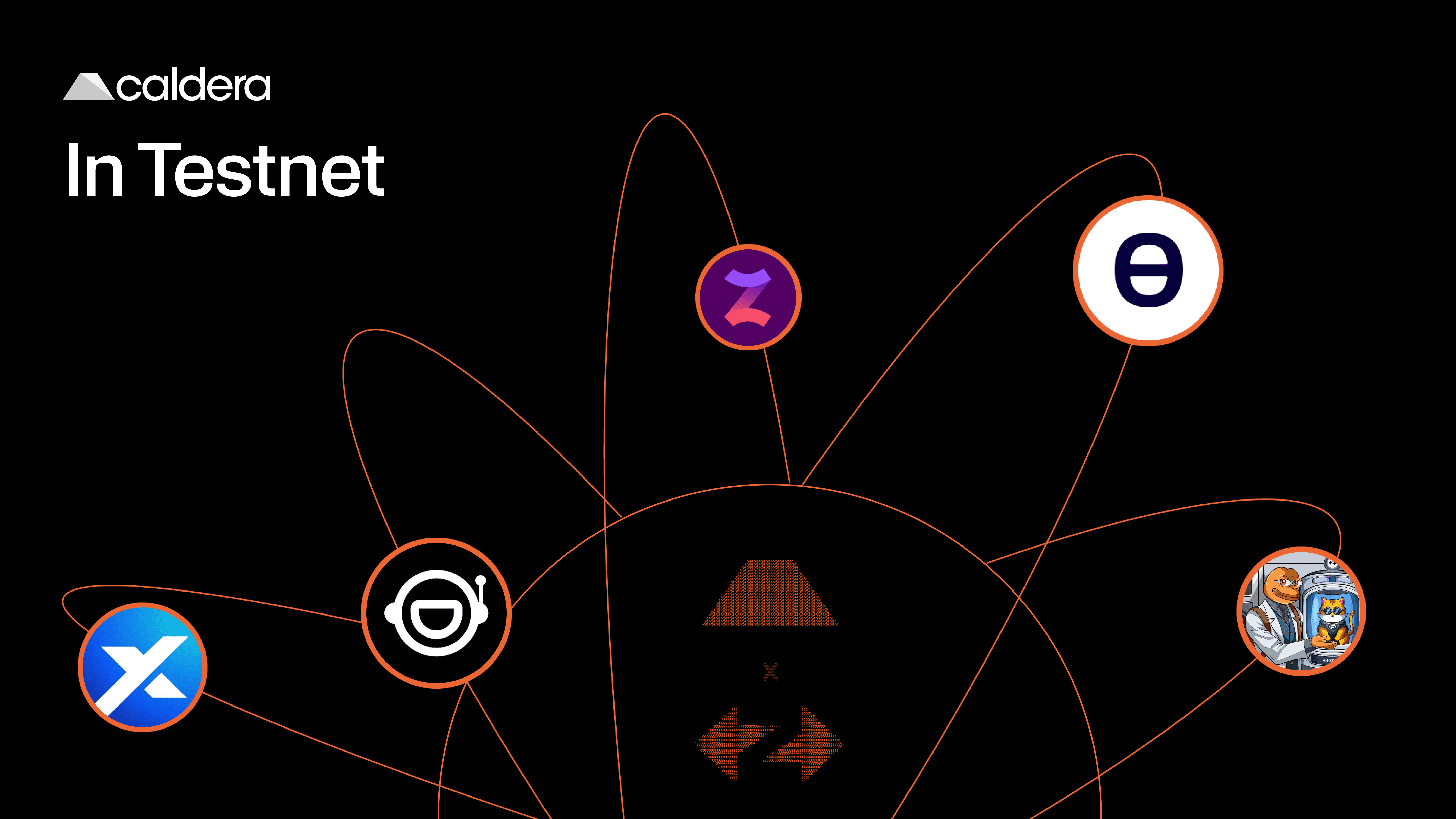
Caldera: Enables rapid, no-code rollup launches with modular data availability, customizable sequencer options, and support for Ethereum, OP Stack, and Arbitrum Orbit ecosystems.
-
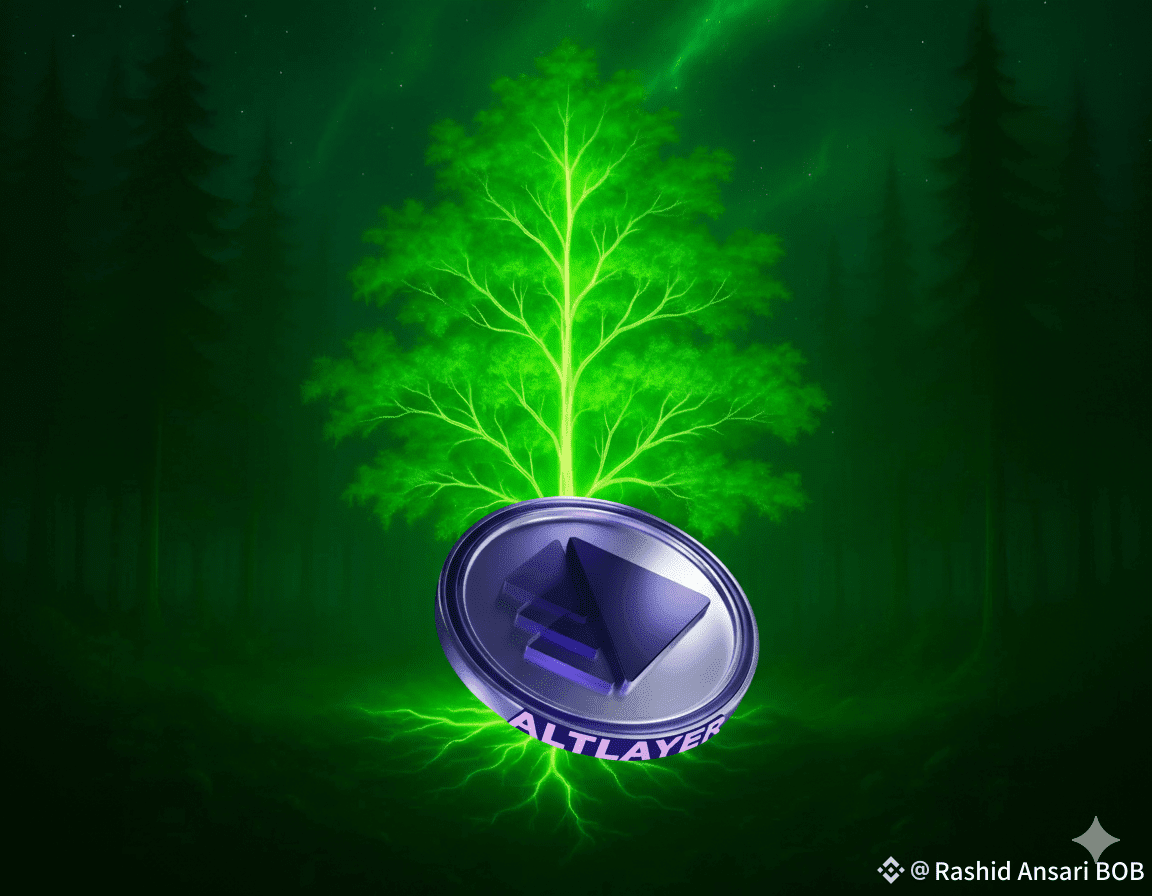
AltLayer: Pioneers multi-chain no-code rollup deployment, including support for Polkadot Native Rollups, instant deployment, and advanced configuration for DeFi, gaming, and NFT appchains.
-
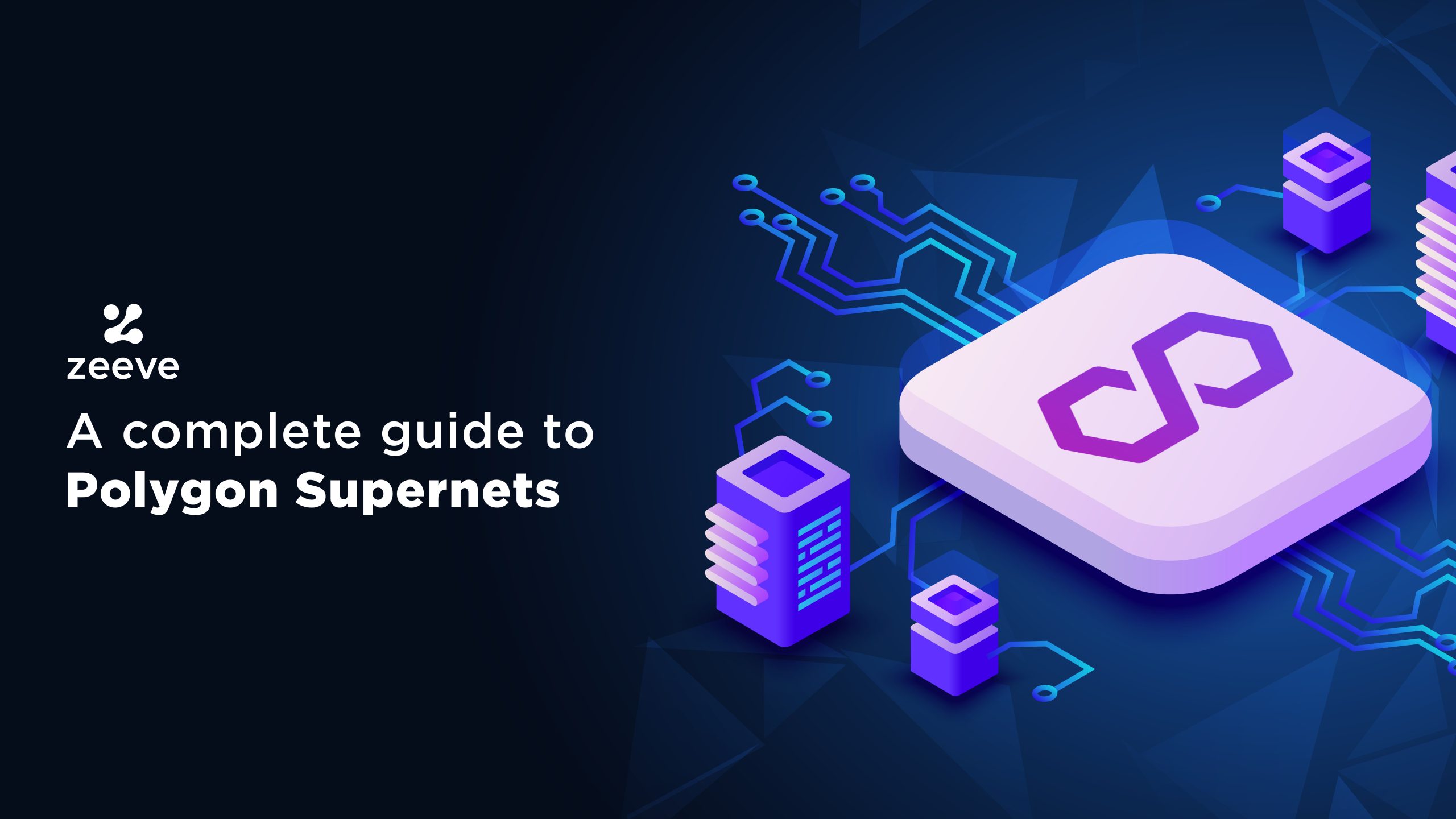
Zeeve: Features a wizard-driven, no-code rollup builder with limitless customization, flexible data availability, and seamless integration for app-specific L2 and L3 solutions.
-

NodeKit: Delivers low-code and no-code rollup deployment with modular security, customizable DA, and user-friendly dashboards for managing scalable appchains.
-
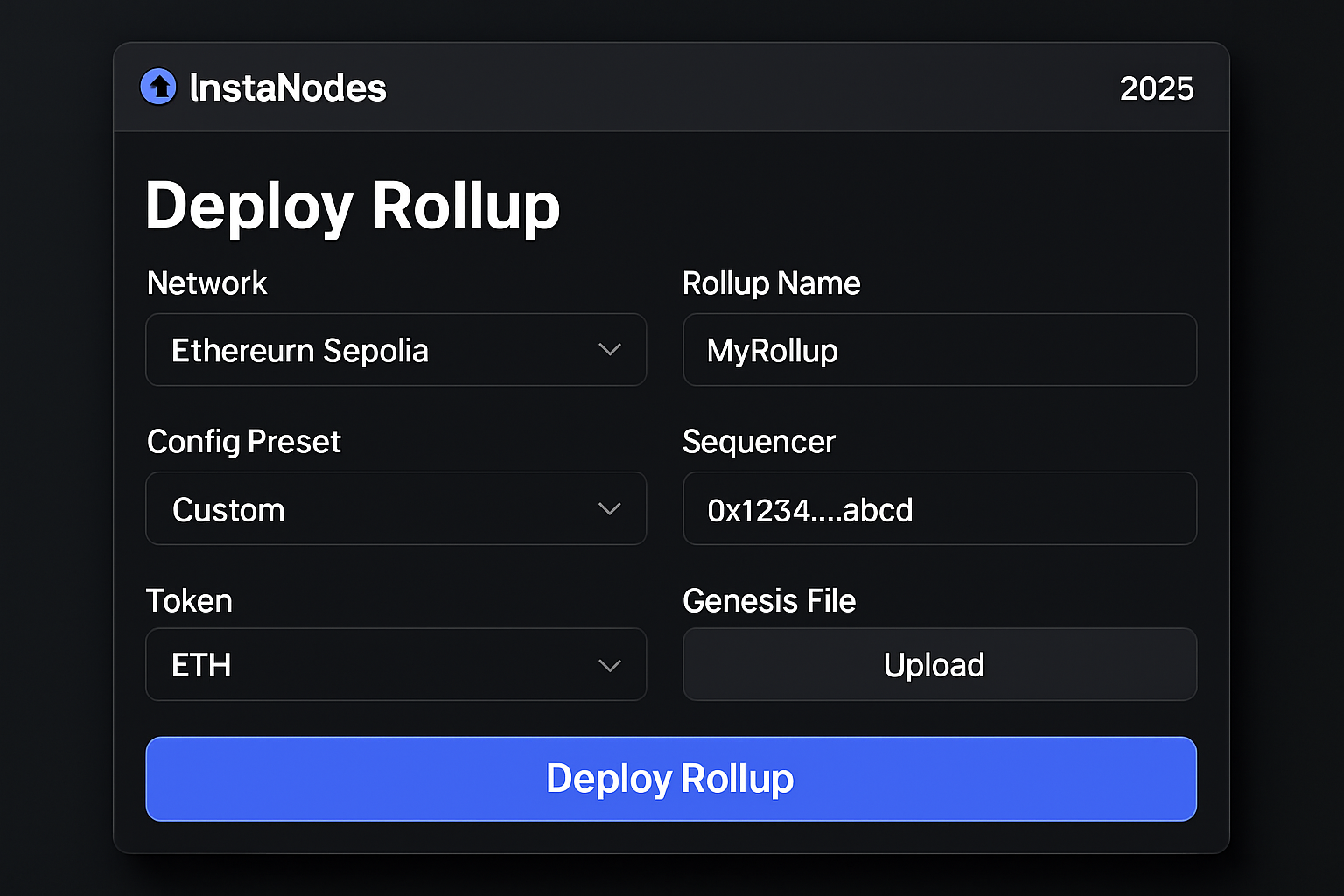
InstaNodes: Specializes in low-code rollup deployment, offering fast market entry, optimized infrastructure, and intuitive controls for innovation-focused teams.
-
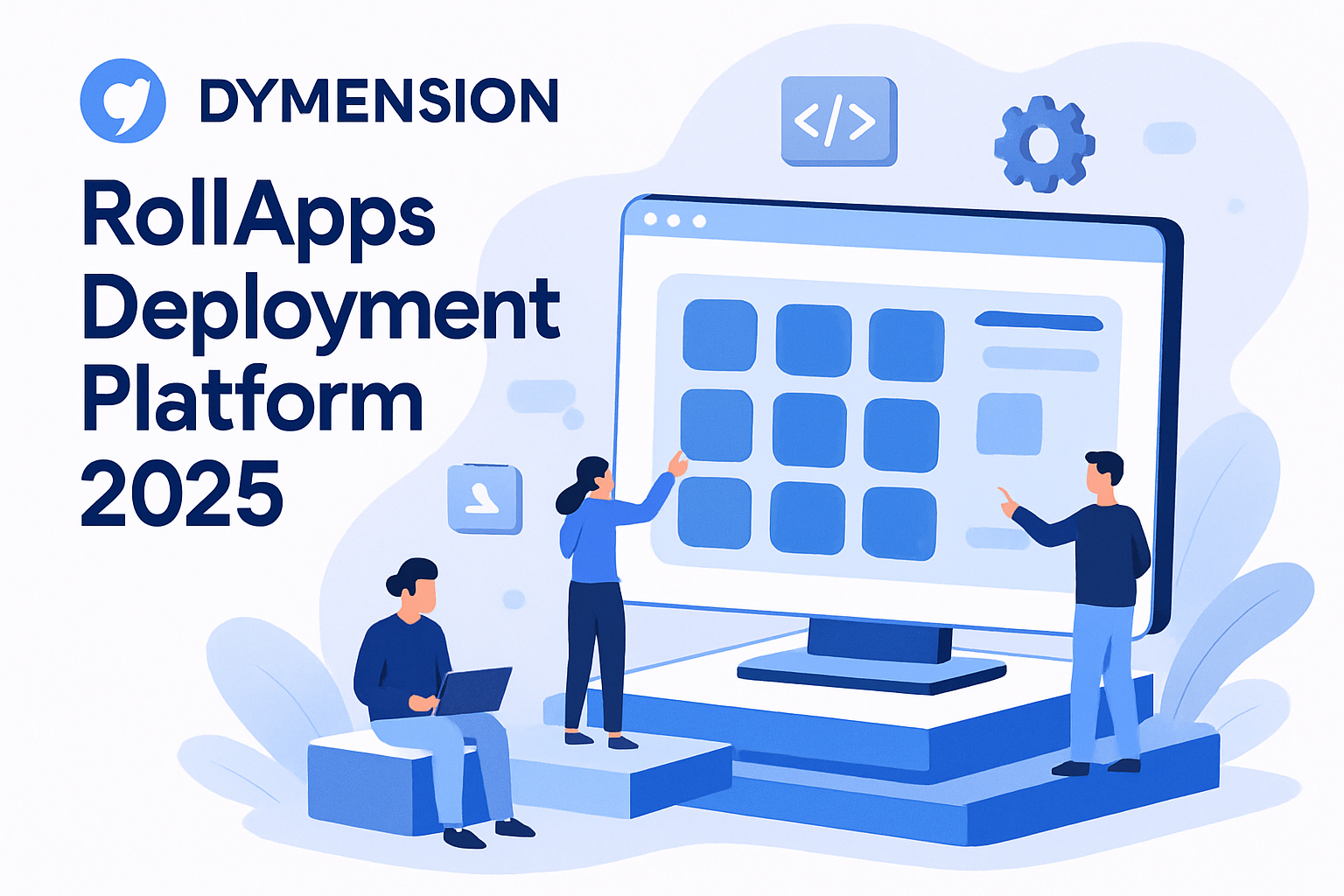
Dymension: Provides a modular RaaS solution for deploying appchains (RollApps) with a no-code experience, supporting instant integration, scalability, and interoperability across ecosystems.
For example, NodeKit’s SDKs bridge the gap between no-code convenience and advanced extensibility. Teams can start with a template-driven deployment but later extend functionality as needs evolve. Dymension is gaining traction for its modular approach to blockchain composability, a critical factor as more projects seek to interoperate across ecosystems without sacrificing performance or customizability.
The Business Impact: Faster Launches and Lower Risk
The ability to deploy a custom rollup blockchain in hours rather than months is fundamentally changing business models. Startups can validate concepts rapidly; enterprises can experiment with new products without long procurement cycles or technical bottlenecks. With Zeeve and InstaNodes, even teams lacking deep blockchain expertise are shipping production-grade solutions that meet industry compliance standards.
This is especially transformative in verticals like DeFi and gaming where speed-to-market often determines success. Caldera’s flexible DA options allow projects to tune performance for high-throughput scenarios while maintaining cost efficiency. Meanwhile, AltLayer’s instant deployment model enables real-time scaling as user demand spikes, crucial for NFT drops or DAO voting cycles.
If you’re evaluating which RaaS platform best fits your needs in 2025, consider factors like data availability modules (on-chain/off-chain), integration support (Ethereum/Polkadot), dashboard usability, compliance features, and extensibility via SDKs or APIs. For a side-by-side comparison of these providers’ strengths and differentiators, see our detailed guide at How No-Code Rollup-as-a-Service Platforms Simplify Custom App Chain Deployment for Blockchain Developers.
The Road Ahead: Where No-Code RaaS Is Headed Next
No-code rollup deployment is just getting started. As more protocols standardize interoperability layers and DA options mature (think hybrid on-chain/off-chain models), expect even richer customization with less friction. Providers like AltLayer are already experimenting with AI-driven configuration wizards that recommend optimal settings based on app type and projected usage patterns.
This democratization of blockchain development will only accelerate innovation across industries, from decentralized finance to supply chain logistics, by putting powerful infrastructure tools into the hands of builders everywhere. The winners will be those who leverage these platforms not just for speed but for strategic differentiation: unique tokenomics models, cross-chain liquidity access, or compliance-first deployments tailored to regulated sectors.
No matter which direction the tech stack evolves next year or beyond, one thing is certain: the combination of no-code simplicity and RaaS scalability has permanently raised the bar for what’s possible in blockchain appchain deployment.
